The idea of Manipur envisions a harmonious coexistence among its diverse communities—the Meiteis, Nagas, and Kukis—united by a shared identity. However, this ideal remains elusive, as the political and socio-cultural fabric of Manipur reveals a fragmented and complex interplay among these communities, rooted in historical, political, and cultural divergences. From the outset, the state has struggled to foster a cohesive sense of unity. The ethnic divide in Manipur is deeply entrenched in its complex history, socio-political dynamics, and geographical distinctions. The three major communities—the Meiteis, Kukis, and Nagas—each possess distinct cultural, linguistic, and historical identities, which have given rise to divergent political aspirations and, at times, inter-ethnic tensions. These divides manifest across multiple dimensions, including governance, resource allocation, and territorial claims. Historically, the Meitei kingdom thrived in the fertile Imphal Valley, while the tribal communities, including the Nagas and Kukis, inhabited the surrounding hills and functioned as autonomous village republics. While moments of peaceful coexistence and neighbourly interactions did occur, relations were often strained by territorial disputes, raids, and conflicts. The colonial-era administrative divisions and policies of segregation further exacerbated these differences, ensuring that these communities developed in silos rather than as parts of an integrated whole.
Post-independence, the formation of the modern state of Manipur did little to address these deeply rooted fractures. The boundary of the state was drawn largely for political expediency and territorial consolidation, rather than as part of a deliberate effort to forge a unified identity among its diverse populations. The colonial legacy of exclusion, combined with post-independence policies, fostered a sense of competition over resources, territory, and political power. This rivalry deepened the mistrust among the Meiteis, Nagas, and Kukis, impeding efforts toward political, cultural, and social integration. As a result, Manipur has struggled with weak foundations for building a shared identity. The persistent lack of cohesive integration among its communities underscores the challenges of constructing a harmonious and united state.
As the dominant group in the valley, the Meiteis seek to maintain political and cultural control over the state. The Kukis have long advocated for greater autonomy, including the creation of a separate state, often referred to as “Kukiland,” to address their concerns of marginalization and fulfil their broader political aspirations. Clashes over territorial claims with the Nagas have further strained relations. Nagas in Manipur are integral to the larger Naga political movement that seeks greater autonomy or integration into “Nagalim,” a proposed sovereign entity encompassing Naga-inhabited areas across Northeast India and Myanmar. This aspiration conflicts with both Meitei and Kuki territorial claims. The valley-hills divide is also a significant factor. The Meiteis dominate the valley, which comprises only about 10% of the state’s land but serves as the hub of administration, economic activity and development. In contrast, the hills, home to the Kuki and Naga communities, cover 90% of the land but remain underdeveloped, with limited access to essential resources and infrastructure. This disparity has fuelled perceptions of neglect and exclusion among hill communities, exacerbating their demands for autonomy.
While there are instances of inter-community interactions, including inter-marriages, these are exceptions rather than the norm. Social barriers, fuelled by stereotypes and mutual distrust, limit such engagements. Each community often perceives the others as competitors for political and economic benefits, reinforcing historical grievances. The emotional integration among these communities remains elusive due to deep-seated mistrust and skepticism. Historical episodes of violence, such as the Kuki-Naga ethnic clash in the 1990s, the periodic Meitei-Naga tensions, and the recent Meitei-Kuki conflict have left scars that continue to influence perceptions.
The policies of the government in Manipur, coupled with the actions of the majority Meitei community that controls the state apparatus, are often perceived as rooted in majoritarianism. The concept of a unified “Manipuri” identity, predominantly promoted by the Meitei community, is inherently exclusionary. This identity fails to adequately reflect the interests, perspectives, visions, or ethos of the tribal communities, thereby marginalizing them socially, politically, and culturally. Tribal communities in Manipur have historically been compelled to fight for their rights, as these are rarely granted voluntarily or wholeheartedly by the state government. An example is the reservation policy at Manipur University. The current percentage of tribal reservations was achieved only after prolonged protests and legal battles. Similar struggles persist, particularly in securing adequate reservations in state government jobs and accessing other benefits meant for tribal communities. These issues underscore the systemic barriers faced by tribal communities in accessing opportunities and resources alongside the majority population.
Civil society organizations in Manipur often claim to represent the entire state but fail to include tribal voices. Organizations carrying the “All Manipur” tag frequently lack genuine or no representation from tribal communities. Public events held in the valley to celebrate the so-called “integrity” or “unity” of Manipur often does not include tribal populations and civil society organizations. Any attempt at inclusion is typically superficial, involving the participation of fringe or rogue elements from tribal communities to create a façade of inclusiveness. Instances of cultural appropriation of tribal identities, coupled with their misrepresentation in literature and political analyses, further deepen their sense of anger and alienation.
Representation of Manipur at the national level rarely captures the state’s multi-ethnic and multicultural fabric. Instead, it often projects a vision dominated by the Meitei ethos. The diverse traditions, cultures, and identities of tribal communities are overshadowed, leaving the impression that Manipur’s identity is monolithic, centered solely around Meitei culture. Even the state’s physical and symbolic representations reflect this exclusion. For instance, the design and aesthetics of the state assembly building fail to incorporate tribal cultural motifs. The architecture seemingly reflects only Meitei culture, sidelining the rich and diverse heritage of the tribal communities. There is not a single gate or building that visibly honours or incorporates tribal symbolism. Some other government buildings also incorporate architectural elements or features commonly associated with the Meiteis. The dominance of Meitei culture, rather than acknowledgment of tribal identities, perpetuates their invisibilization in Manipur’s socio-political narrative.
This majoritarian approach undermines the fabric of unity and equality that should ideally bind Manipur’s diverse communities. The tribal population’s grievances are not only about representation but also about recognition, dignity, and respect for their distinct identities. The dominance of Meitei ethos in public policy, governance, and representation highlights the structural imbalance in the state.
Another significant concern is the systematic denial of political rights to the tribal communities in Manipur. This is evident in the lack of genuine empowerment of the Autonomous District Councils (ADCs), which are intended to provide a measure of self-governance for tribal areas. The ADCs are often granted only nominal powers, rendering them ineffective in addressing the developmental needs and aspirations of tribal communities. Additionally, the state government has repeatedly failed to conduct regular elections for the ADCs, further undermining their legitimacy and functionality. One of the most pressing issues is the withholding of the delimitation process in Manipur. Despite the growing tribal population and the need for fair representation, the reconfiguration of legislative assembly constituencies (MLA seats) to reflect demographic changes has been stalled. This lack of action disproportionately affects tribal communities, who are already underrepresented in the state legislature. The current configuration of MLA seats heavily favours the Meitei-dominated valley, giving the majority community significant control over the state’s political landscape. With a larger number of MLAs from the valley, the Meiteis dominate decision-making processes, often sidelining the interests of hill-dwelling tribal communities. This imbalance perpetuates political marginalization and fuels grievances among the tribal population.
The lack of development in the hill regions of Manipur, coupled with a growing disparity between the hills and the valley, has significantly deepened the sense of deprivation and neglect among hill communities. Across critical parameters—education, healthcare, infrastructure, and access to economic opportunities— the disparities remain glaring. Historically, the valley has been the focal point of the state’s developmental efforts, while the hill regions have been marginalized, fostering a divisive “us versus them” mindset. This uneven distribution of resources and opportunities has weakened social and political bonds between communities, entrenching mistrust and resentment. Tribal communities often perceive state policies and development initiatives as disproportionately favouring the Meitei-dominated valley, leaving them excluded and disempowered. These grievances have further widened the ethnic divide, exacerbating tensions between the hill-dwelling tribal communities and the Meitei-majority population in the valley.
Adding to this friction is the economic competition between the Meitei, Kuki, and Naga communities. With limited jobs and economic opportunities available, these groups often find themselves in direct competition for scarce resources. This combination of economic disparity and competition has amplified the already fragile inter-community relations, further intensifying the ethnic fault lines in Manipur.
The ethnic crisis in Manipur is a stark manifestation of its historical and structural deficiencies. Tensions rooted in historical grievances, uneven development, and perceived threats to identity and land rights have continued to fuel animosities among the Meiteis, Nagas, and Kukis. This fractured reality underscores the challenges inherent in imagining a unified Manipur. Unless these fault lines are addressed with sensitivity and a genuine commitment to reconciliation, the idea of Manipur as a peaceful, inclusive entity will remain a distant aspiration. The ethnic fault lines in Manipur are not merely historical but are actively reinforced by socio-political, economic, and geographical factors. While inter-community interactions and initiatives indicate the possibility of coexistence, the persistence of mistrust and conflicting aspirations underscores the need for long-term, inclusive solutions. Building trust, fostering dialogue, and addressing economic and political disparities are essential for bridging these divides and promoting a more harmonious Manipur.
Without a genuine sense of belonging among its diverse communities, the idea of a shared identity and the concept of a unified Manipur is destined to falter. The majority Meitei community has largely focused its efforts on preserving the territorial integrity of the state, often at the expense of fostering emotional integration and inclusivity. Conversely, the tribal communities remain deeply entrenched in their grievances over deprivation and systemic neglect, with their calls for autonomy, often viewed with skepticism or resistance by the valley’s majority. This mutual alienation perpetuates a cycle of mistrust, further eroding the prospects for unity. Incidents of violence and polarized rhetoric have magnified existing divisions, emphasizing the absence of dialogue and emotional integration—the foundation of a shared identity. Without equitable representation, inclusive policies, and mutual respect, Manipur’s diverse communities will struggle to foster a sense of belonging. Addressing these challenges requires transformative change. Equitable development, cultural pluralism, and genuine dialogue are essential to bridging divides and promoting reconciliation. Policies must reflect the state’s ethnic diversity, ensuring all communities feel valued and included.
Manipur stands at a crossroads, teetering on the edge of perpetual ethnic conflict. Without addressing the root causes of division and fostering a sense of shared identity, the state will remain precariously balanced on a fragile line. The path to unity lies not only in preserving territorial boundaries but also in nurturing emotional, social, and political bonds that transcend ethnic divisions. The idea of Manipur can only succeed when all its communities feel equally valued and included. It is only through mutual understanding, shared purpose, and equitable development that the state can hope to transcend its ethnic divides and build a peaceful and prosperous future for all.

The writer is an Assistant Professor in the Department of Political Science, St. Joseph College, Ukhrul. The views expressed are personal.

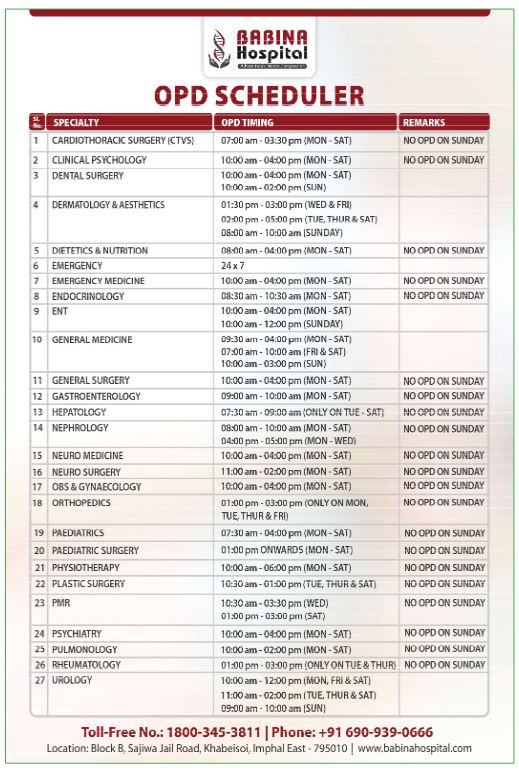

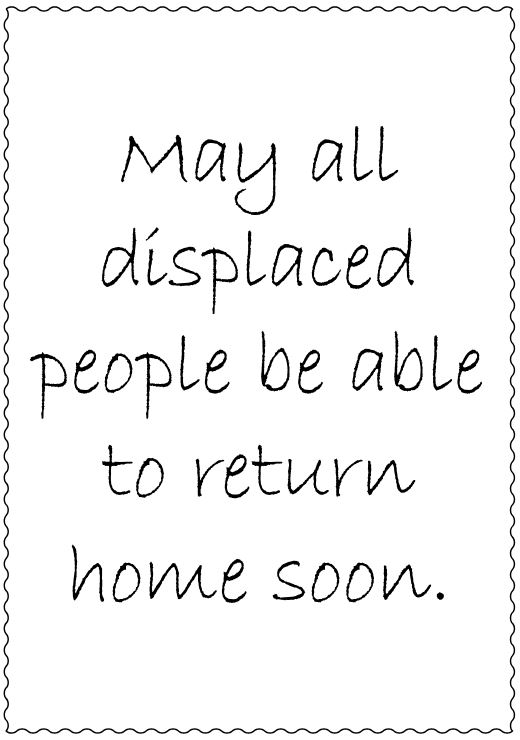
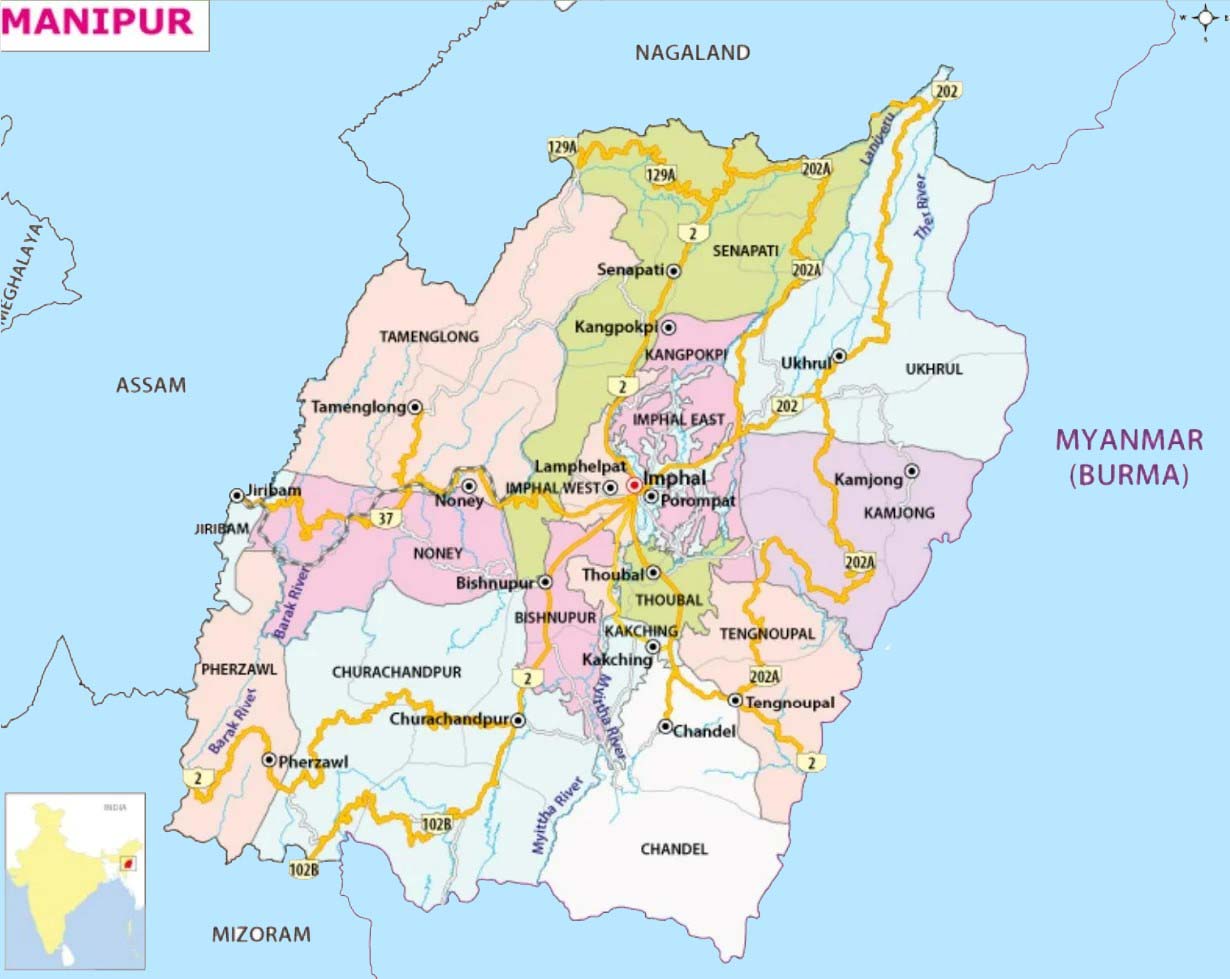
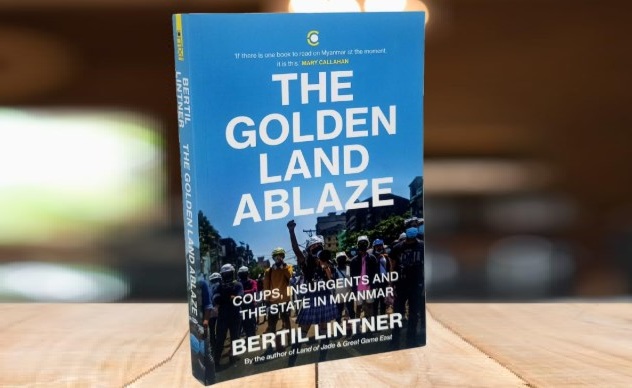
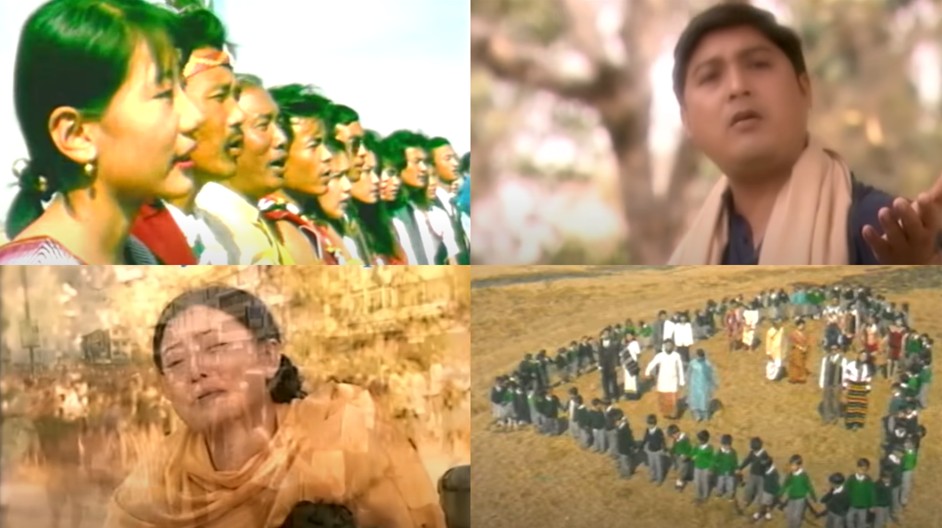
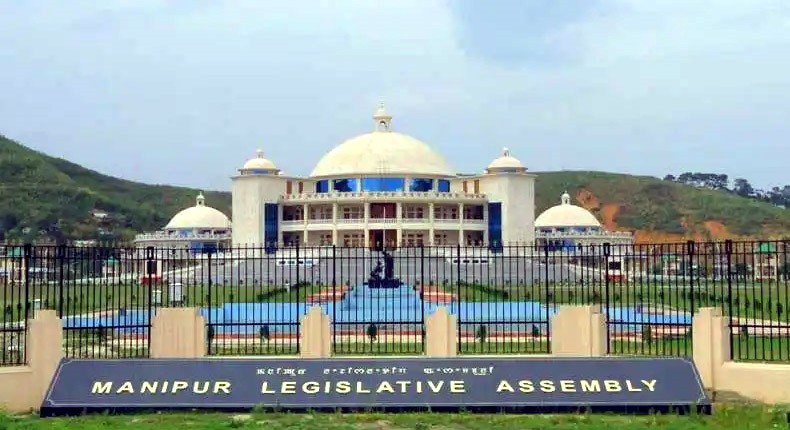
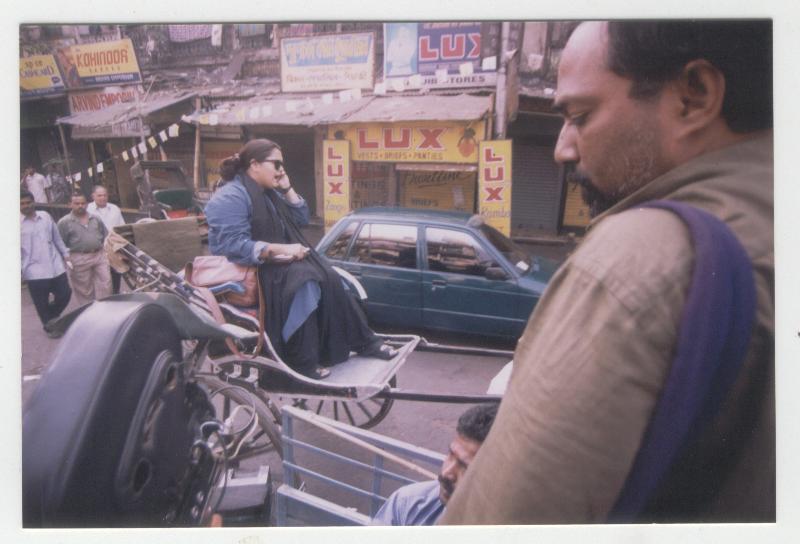
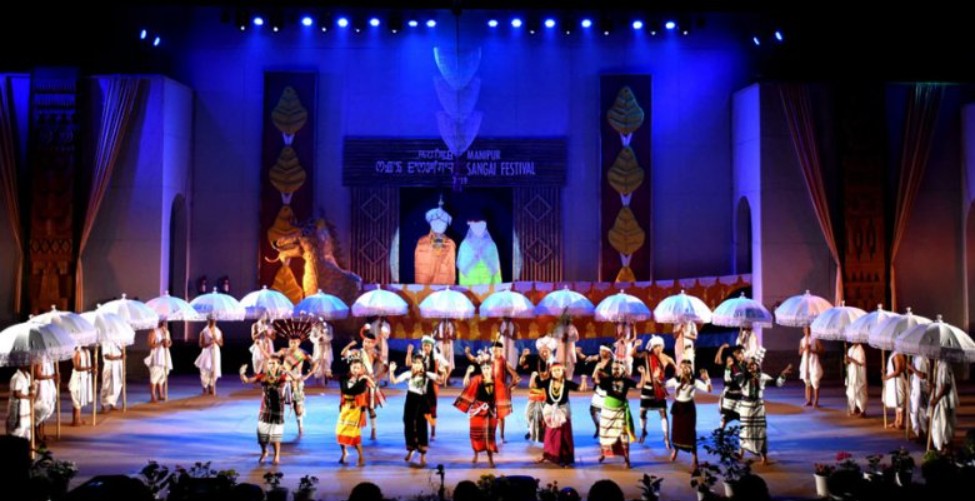


1 thought on “The Idea of Manipur: The Fault Within”
Dr. Mungreishang Horam’s The Idea of Manipur: The Fault Within provides a comprehensive analysis of Manipur’s socio-political dynamics. By examining historical contexts and ethnic complexities, the research sheds light on challenges in shaping a cohesive Manipuri identity. The discussion on regional disparities and societal perceptions offers valuable insights for scholars and policymakers seeking to understand and address the state’s diverse realities. A thought-provoking and significant academic contribution.
Comments are closed.